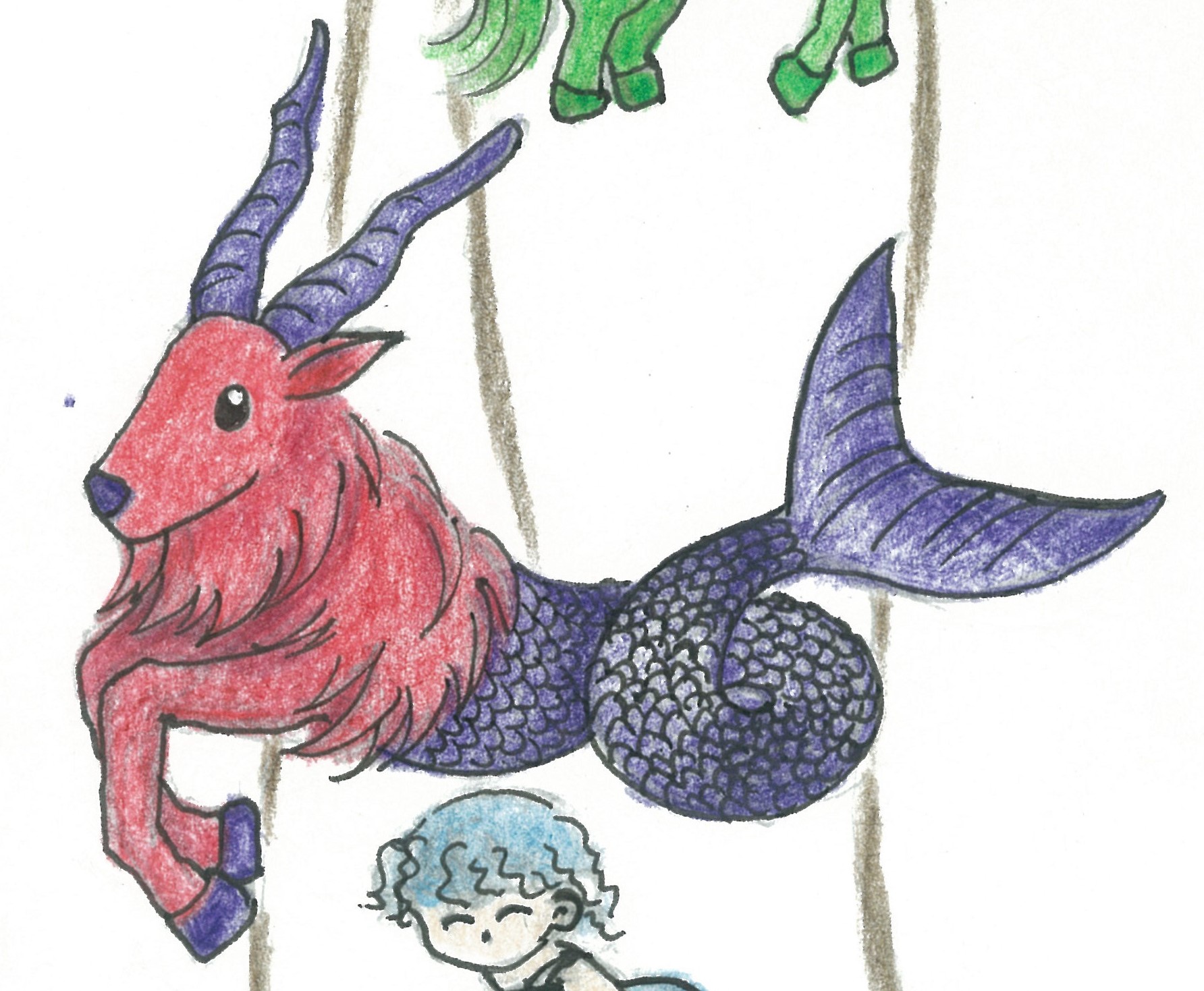靈數與彩油 – B5 & B6
B5(靈數5) 及B6(靈數6) 在靈數1-9的循環中,5剛好處於中間位置,所以它給我們一個回望過去,展望未來的機會,若想修改計畫,調整步伐,這正是合適的時機,而在這背後,就帶出了轉變的質素。但無可避免地,任何變動同時亦會留下一些不確定不穩定的伏線,當面對難以預料的狀況時,恐懼便逐漸來到門前。如果這股暗黑念頭不斷滋長和膨脹,向前行的能力便自然遞減,最後整個人只會變得僵硬而無所作為。 而在這支半黃半紅的B5中,亦能見到類似的挑戰。當黃色隱藏的恐懼形成主導時,紅色的危險訊號便會持續響起,不斷阻止我們繼續向前行,結果生命都只會步向收縮和乾涸的狀態。若我們能冷靜下來,看清當下的事實,並檢視這些恐懼,便會發現那些不斷由頭腦告知的危險,可能並非真的那麼危險,背後反而會是一個學習過程。靈數5鼓勵我們嘗試放下頭腦的控制,拿出勇氣讓原始的生存能量帶領我們去穿越這些恐懼,之後便會發現生命中更多的可能性。與此同時,當我們能將B5黃色的清晰重新帶入生命,底輪那股紅色的改變的能量便有機會開始慢慢運作,同樣地用生命中那無懼的意志和推動力,重新再去面對眼前的恐懼,透過經歷再沉澱而成為生命的部份,為自己覺醒之路儲存多一份養料,而混和後的橙色亦令我們感受到生命的眷顧,更能平靜地返回當下狀況,而這也是靈數5想我們去明白活在此時此刻的共通之處。 B6與靈數6有一個明顯的相同傾向,那就是支配dominant。 全紅的B6透過頭腦層面將支配的能量顯現在家庭、工作及各種人際關係的範疇中,某程度上,這股能量看似能幫助人們處理很多生活上的事情,若取得平衡,其實並無不妥,但從靈數6的角度去看,會有多一點的描述。 它提醒我們都是被頭腦支配著的一群,當頭腦變成主導後,不知不覺地便會依循既定的規則及概念去行事。而這些頭腦內的標準,是建基於父母、師長、宗教人士及權力階層等不同的價值觀,從小孩時期便開始慢慢滲入腦海中,組合成為一種牢固的制約模式,簡單來說,那就是對錯是非的判斷,漸漸地便會做著那些社會認為應該要做的事,否則的話,或多或少也會受到責備。正因如此,我們便遠離了自己的聲音,心亦被遺忘了,而那正是靈數6想世人明白的一個狀態:當頭腦凌駕了心,它就變成了每個個體的主人。 換言之,若果心不斷向頭腦妥協,甚至被蒙敝,迷失及困惑於當下的感覺便會陸續浮現,直到有一天我們開始覺得受夠了,不可以再跟從舊路的時候,B6那股紅色的推動及改變的能量自能重燃起來,勇於為自己說不或捍衞自己說不的權利,當我們矢志希望誠實的對待自己時,那便踏上靈數6回歸心的路徑及悄然地向B6那醒悟之境邁進。★ (原刊於2023年種子-春分號)



